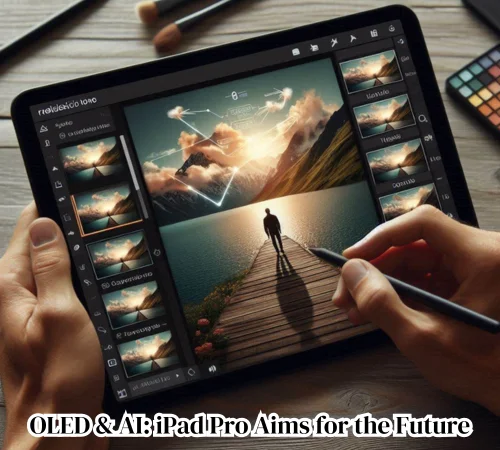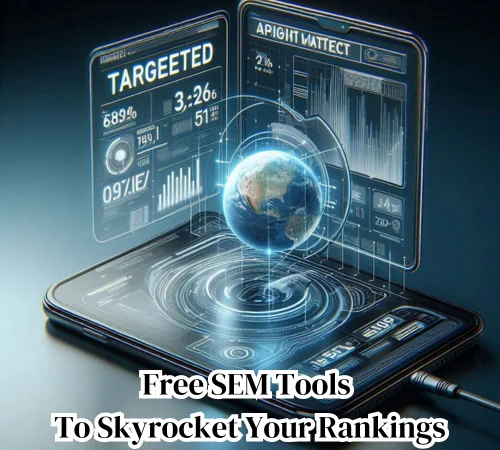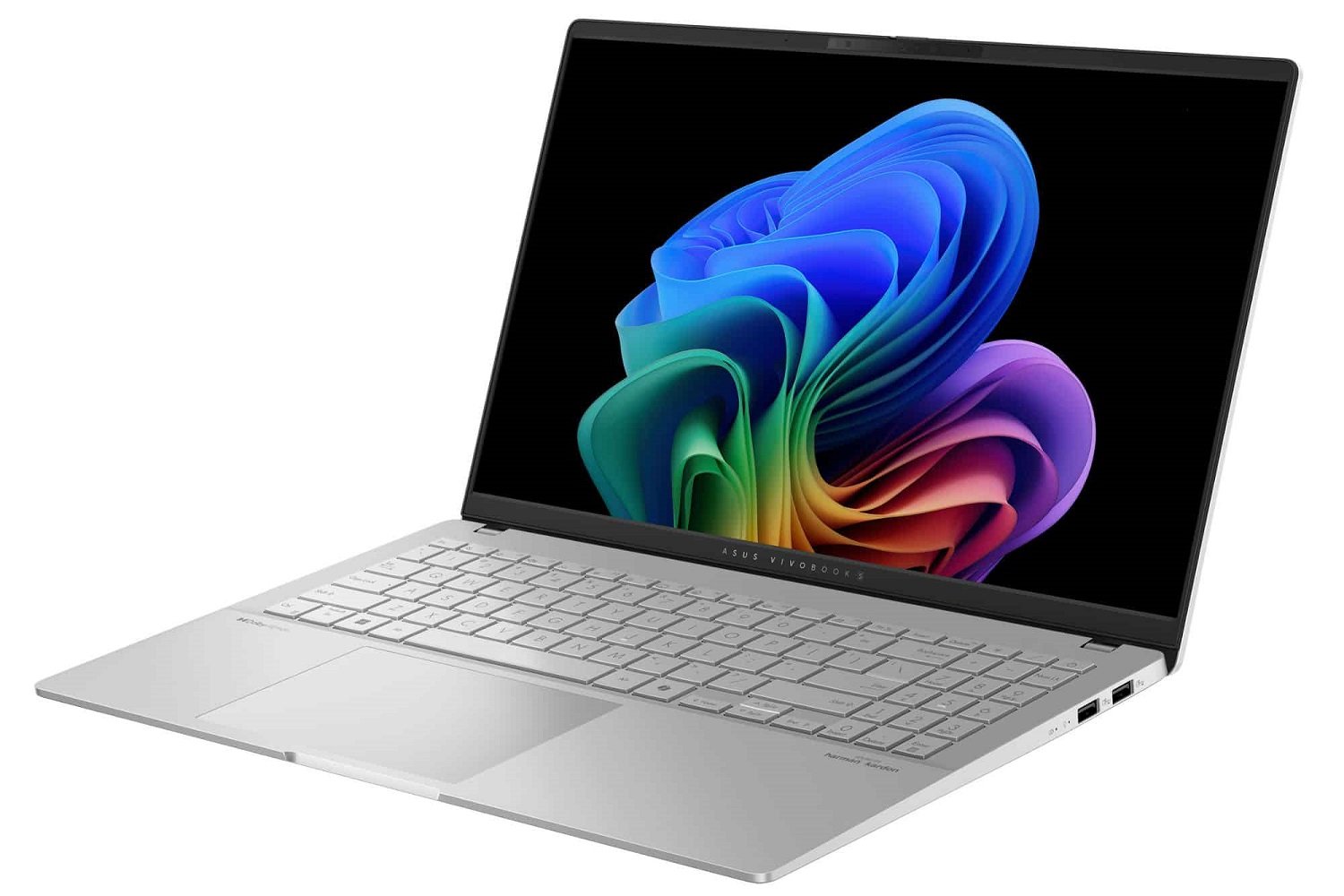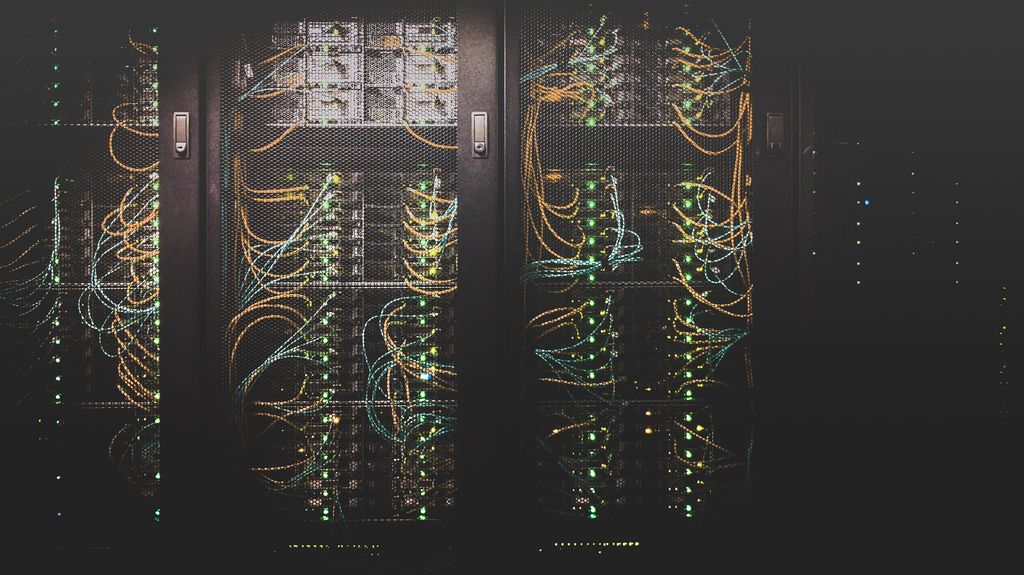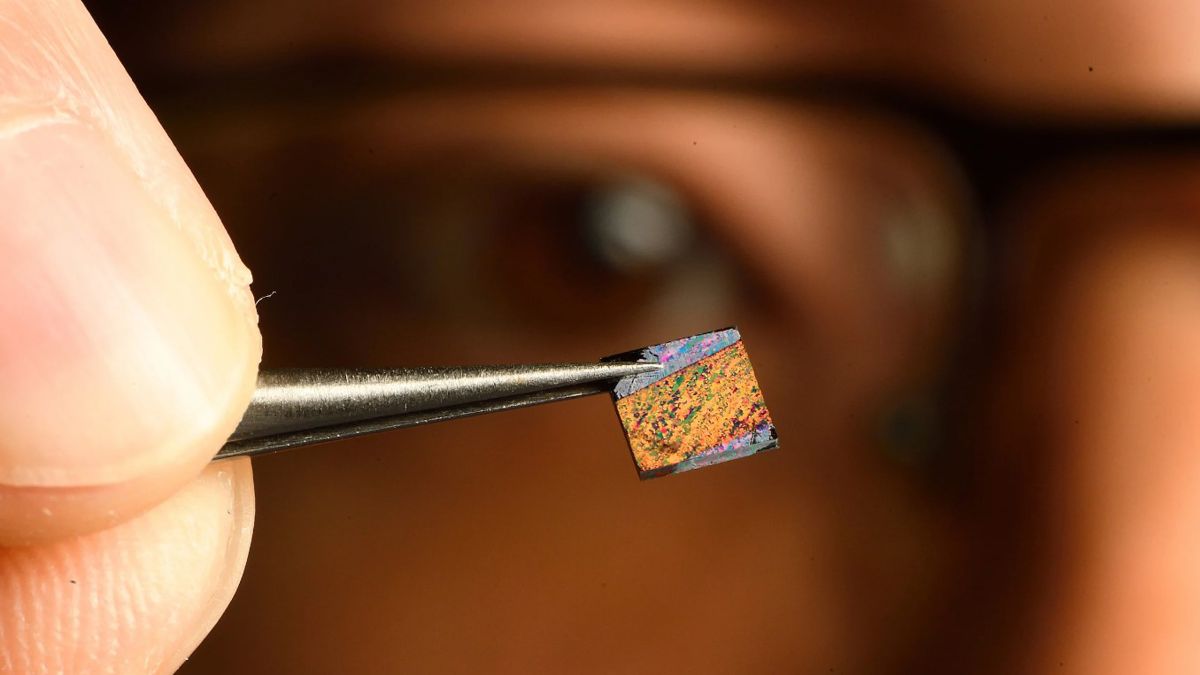AR, VR, and the Future of Automotive Retail
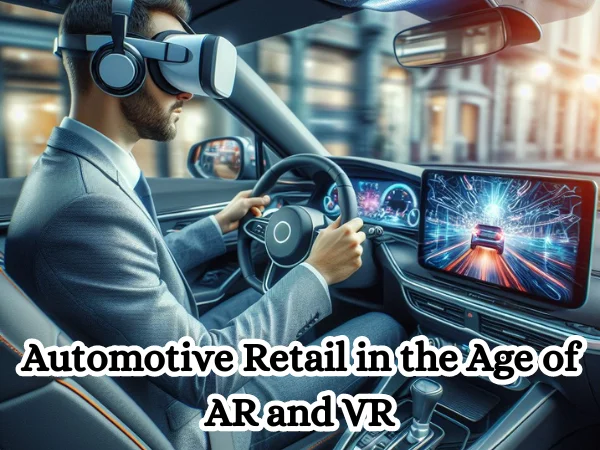
Introduction
Imagine walking into a car dealership, the smell of new cars, and the gleam of polished metal surrounding you. Yet, as you navigate through the rows of vehicles, you realize the model you’re interested in isn’t available in the color or configuration you want.
This traditional car buying experience, with its limitations, is on the brink of transformation thanks to Extended Reality (XR), including Augmented Reality (AR) and Virtual Reality (VR). These technologies are redefining the concepts of “VR Showrooms“, “AR Product Visualization“, and “Customer Experience (CX)“, marking a disruptive innovation in the future of retail.
Understanding the XR Landscape
Extended Reality (XR) is an umbrella term that encompasses Augmented Reality (AR), Virtual Reality (VR), and Mixed Reality (MR). Each offers unique applications for the automotive industry:
- VR Showrooms: Step into immersive experiences where you can explore car interiors and exteriors, and take virtual test drives in diverse settings, all from the comfort of your home.
- AR Product Visualization: Use your smartphone to visualize how a new car would look parked in your driveway, integrating digital objects into the real world.
- Design Collaboration: Designers and engineers can now collaborate in 3D virtual spaces, significantly speeding up the development process.
- Haptic Technology: Enhances the tactile feedback in VR, making interactions feel more realistic.
- AR Head-Up Displays (HUDs): The future of in-car information and navigation, projecting data directly onto the windshield.
Transforming the Customer Experience (CX)
The traditional car buying process often involves challenges like limited inventory and high-pressure sales environments. XR technologies are revolutionizing this by:
- Offering personalized experiences from any location, providing a convenient alternative to physical showrooms.
- Allowing for endless customization and various test drive scenarios, which help increase buyer confidence and reduce anxiety.
- Improving User Experience (UX) design to create intuitive XR experiences accessible to all, including those with disabilities.
Integrating VR showrooms with sales and marketing tools for virtual tours and targeted campaigns.
The Business Case for XR Adoption
- XR technologies offer car companies significant benefits:
- Reduced operational costs for showrooms.
- Increased sales potential and improved conversion rates.
- Access to valuable customer data for analytics.
- Enhanced brand image as the leader in innovation.
However, companies must also consider the initial investment and integration with existing infrastructure.
The Road Ahead: Challenges and Opportunities
VR and AR enhance the full shopping experience
- Jaguar’s Virtual Leap: Jaguar has leaped into the future with their AR showroom app. It’s not just about viewing cars; it’s about experiencing them. Customers can virtually test drive, park, and explore every detail of their dream car, all from the convenience of their mobile devices.
- Audi’s Digital Showcase: Audi’s VR experience is like stepping into a futuristic lab where every car is tailored to your preferences. With a few clicks, you can customize features, colors, and finishes, making the virtual car truly yours.
- Home Sweet Virtual Home: Imagine touring your potential new home without stepping outside your current one. VR house tours make this possible, offering a realistic walk-through of properties, down to the very last detail.
- The Virtual Mall: Retail stores are now just a click away with virtual stores. These digital replicas offer the full shopping experience, from browsing to checkout, without the need for physical space.
These examples are just the tip of the iceberg when it comes to the capabilities of VR and AR in enhancing the retail journey. As technology advances, we can expect even more immersive and personalized shopping experiences, all from the comfort of our homes or wherever we choose to be.
Augmented Reality (AR) is not just a buzzword; it’s a retail revolution that’s changing the way we shop. From virtual try-ons to interactive product displays, AR brings a new dimension to the consumer experience.
How AR is making waves in the retail world?
- Boosting Sales: AR turns browsing into an interactive affair, engaging customers in a way that often leads to a purchase. It’s the difference between seeing and experiencing a product.
- Minimizing Returns: Ever bought something online only to find it doesn’t fit or look right? AR lets you try before you buy, reducing the guesswork and the returns.
- Building Brands: When a retailer uses AR, it sends a message: we’re cutting-edge and customer-focused. That’s a brand people remember and trust.
- Creating Connections: Shopping with AR isn’t just about buying; it’s an experience. It’s the thrill of exploring products in a whole new way.
- Tailoring Experiences: AR doesn’t just show you products; it shows you your products. Personalized recommendations make shopping with AR a bespoke experience.
reducing the guesswork and the returns
- Offering Flexibility: With AR, the store comes to you. Try on glasses, place furniture in your room, or see how a new car looks in your garage, all from your phone.
- Enhancing Understanding: AR helps you get to know products intimately, from features to fit, giving you the confidence to make informed decisions.
- Spreading the Word: An AR experience is something to talk about. It’s not just marketing; it’s a conversation starter.
- Influencing Choices: With AR, you’re not just shopping; you’re exploring. And that exploration can guide you to the perfect purchase.
- Gathering Insights: Every AR interaction is a data point. Retailers can learn what you love, what you linger on, and what leads you to buy.
- Gaining Perspective: AR gives retailers a window into the customer’s mind, showing what clicks, literally and figuratively, with their audience.
In essence, AR is more than a tool; it’s a bridge between digital dreams and retail reality. It’s an invitation to step into the future of shopping, where every experience is tailored, every choice is informed, and every purchase is just the beginning.
Navigating the Virtual Lot: How VR is Changing Car Sales
- Engagement Revolution: VR showrooms are not just about displaying cars; they’re about creating an emotional connection. Customers can experience the thrill of sitting in the driver’s seat. The sound of the engine, and even the feel of the materials – all virtually. This level of engagement builds trust and confidence, making customers more likely to make a purchase.
- Success Stories: Audi, for example, has implemented VR experiences in their showrooms. Allowing customers to configure their dream car and explore it in a virtual space. This has led to increased customer satisfaction and a higher conversion rate from test drives to purchases.
Augmented Decision-Making: AR’s Role in Choosing Your Next Vehicle
- Interactive Exploration: Augmented Reality (AR) allows customers to bring potential car purchases into their own environment. Using a smartphone or tablet, they can see how a new car would look in their driveway or garage, helping them make a more informed decision.
- Visualizing Safety and Features: AR can also highlight safety features and unique selling points of a vehicle. For instance, Volvo has used AR to demonstrate the safety systems of their cars, allowing customers to understand the technology through interactive visualizations.
The Drive Toward Digital: Automotive Retail in the Age of AR and VR
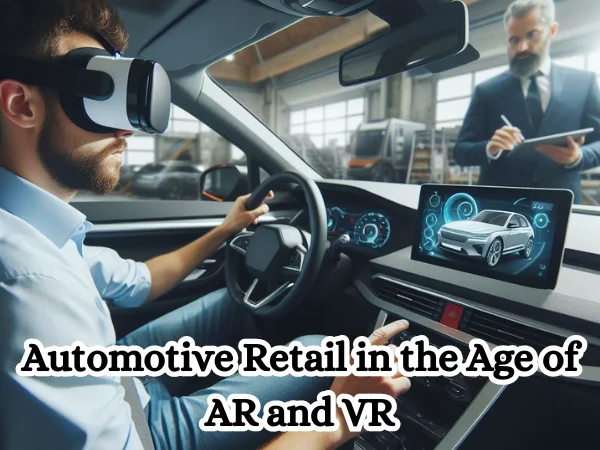
- Digital Journey: The integration of AR and VR into the car-buying process offers a seamless digital journey from initial interest to final purchase. Customers can explore options, customize features, and experience test drives, all within a digital platform.
- Virtual Benefits: The benefits of digital showrooms and test drives include reduced need for physical inventory, lower overhead costs for dealerships, and a more personalized shopping experience for customers.
Beyond the Showroom: Exploring Cars in Mixed Reality
Mixed Reality Magic:
Mixed Reality (MR) combines elements of both AR and VR, allowing for a more interactive exploration of vehicles. Customers can manipulate digital models of cars in a real-world setting, providing a deeper understanding of the product.
- Toyota’s Trailblazing: Toyota has utilized MR for collaborative design efforts, enabling engineers and designers to work together in a virtual space, which has streamlined the design process and reduced time to market.Customization at Your Fingertips: The Future of Car Buying with AR
- Personal Touch: AR technology enables customers to personalize their vehicle choices in real-time. They can change colors, wheels, and interior options with a few taps on their device, seeing the results instantly.
- Before You Buy: Before making a purchase, customers can use AR to visualize these customizations on a real car model, ensuring that the final product matches their expectations. Virtual Test Drives: The New Norm in Automotive Retail.
- Trendsetting Test Drives: Virtual test drives are setting a new standard in the automotive industry. They allow customers to experience the performance and features of a car in various virtual environments.
- Shaping Expectations: These experiences are shaping what customers expect from the car-buying process, with many preferring the convenience and safety of a virtual test drive over visiting a dealership.
The Reality of XR: How Virtual Technologies are Boosting Car Sales
- XR Influence: XR technologies have significantly influenced online car research and dealership visits. They provide an interactive and engaging way to learn about vehicles, which can lead to increased interest and sales.
- Sales Surge: Dealerships that have adopted XR technologies have reported a surge in sales, as they attract tech-savvy customers and provide a novel shopping experience that differentiates them from competitors.
- From Concept to Driveway: The Impact of VR/AR on Car Design and Purchasing.
- Design Innovations: VR and AR are not only changing the way customers buy cars but also how they are designed. Designers can create and iterate on models in a virtual space, reducing the need for physical prototypes.
- Influencing Decisions: By allowing customers to experience design elements virtually, these technologies are also influencing purchasing decisions, as customers can better visualize the end product.
Enhancing the In-Car Experience with AR Head-Up Displays
- Futuristic Displays: AR head-up displays (HUDs) project important information onto the windshield, allowing drivers to keep their eyes on the road. This technology enhances the driving experience by integrating digital information with the real world.
- Safety and Convenience: AR HUDs improve safety by reducing distractions and providing real-time navigation and vehicle information, making the driving experience more convenient and enjoyable.
The Road to Adoption: Challenges and Opportunities in XR for Automotive Retail
- Adoption Hurdles: While XR technologies offer many benefits, there are challenges to adoption, including the cost of technology, the need for customer education, and the integration with existing dealership systems.
- Opening New Doors: Despite these challenges, XR opens up new opportunities for creating unique customer experiences, differentiating brands, and driving innovation in automotive retail.
